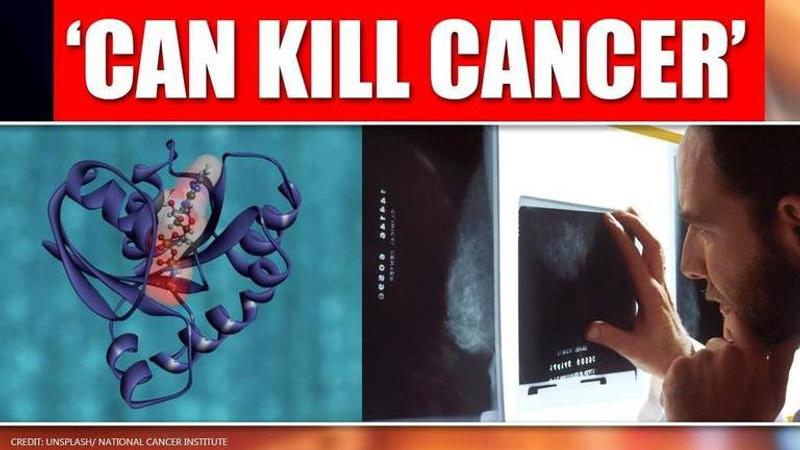Published 16:12 IST, July 11th 2020
Fatty acid has anticancer effects on human cells, scientists discover
A Washington State University associate professor and corresponding author on the paper, Jennifer Watts, said fatty acid kills human cancers cells.

In new research, scientists have found that a fatty acid called dihomogamma-linolenic acid, or DGLA, can kill the cancer cells in humans. Published in Developmental Cell on July 10, the research found that the dihomogamma-linolenic acid can induce an iron-dependent type of cell death ferroptosis in the human cancer cells that might lead to the cure of the disease.
A Washington State University associate professor and corresponding author on the paper, Jennifer Watts, said that the new finding was integral as it could lead to the potential treatment for cancer. “If you could deliver DGLA precisely to a cancer cell, it could promote ferroptosis and lead to tumor cell death," Watts said, in the published research. "Also, just knowing that this fat promotes ferroptosis might also affect how we think about conditions such as kidney disease and neurodegeneration where we want to prevent this type of cell death," she added.
Found in small amounts in the human body, scientists proposed that the DGLA, a form of polyunsaturated fatty acid is not found in food. While dietary fats and those found in fish oil are not similar to DGLA, scientists suggested that the compound was understudied and needed more research. Having researched the dietary fats for nearly twenty years, Watts found that administering the DGLA in the microscopic worm, C. elegans killed all the germ cells in the worms as well as the stem cells that make the germ cells. The creature is often used in molecular research as it is transparent and so the cell-level activity can be easily studied.
DGLA’s interaction has protective effect
"Many of the mechanisms we saw in the nematodes were consistent with the hallmarks of ferroptosis in mammalian systems, including the presence of redox-active iron and the inability to repair oxidized lipids, which are like molecular executioners," said Marcos Perez, a WSU doctoral student and lead author of the paper. Perez collaborated with Scott Dixon of Stanford University and studied the results of inducing the DGLA in human cancer cells. Scientists found, using the techniques from nematode work, that the DGLA’s interaction had a protective effect on the cells. Further, Watts' team had received a $1.4 million grant from the National Institutes of Health to investigate the nematode germ cells interaction with DGLA furthermore.
(All Images Credit: Cell Journal)
Updated 16:12 IST, July 11th 2020







